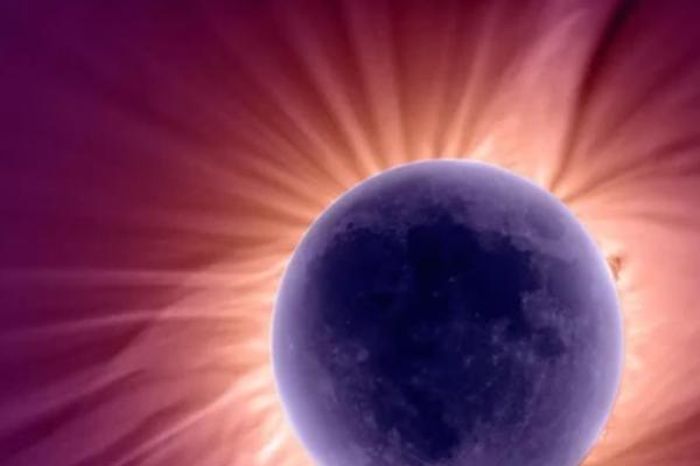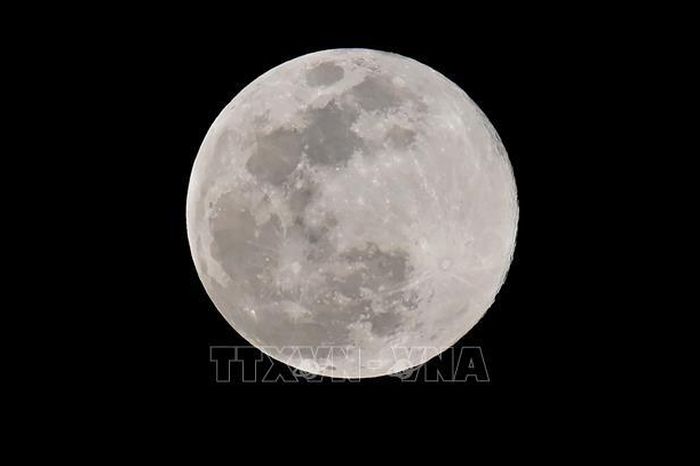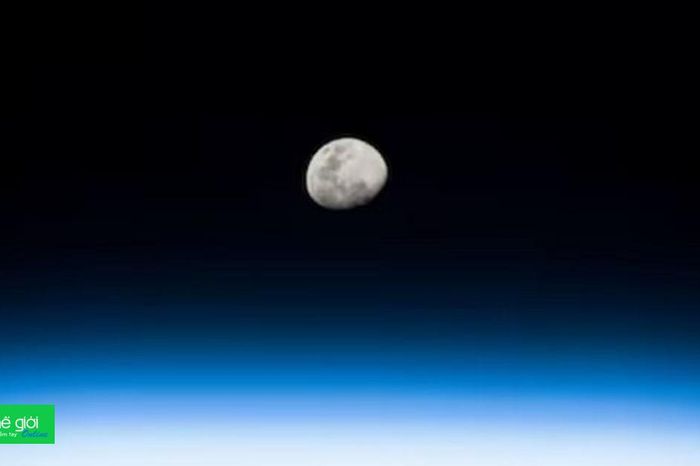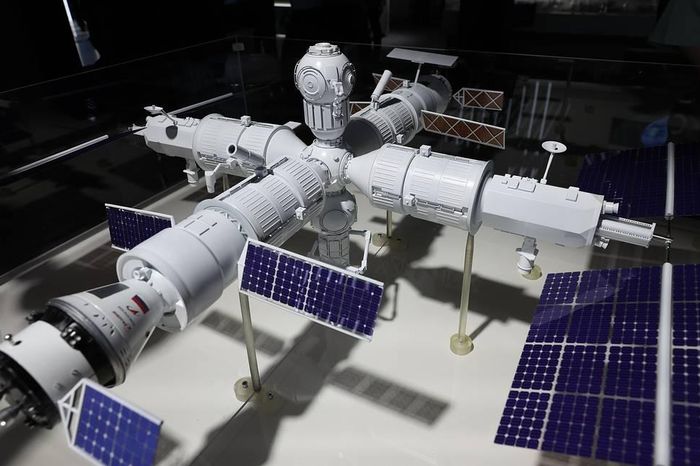NASA develops 'space sailboat' using solar energy
According to NASA's announcement, the agency has developed and tested a 'space sailboat' to use radiation pressure from the Sun as an unlimited source of energy for spacecraft. This is a significant advance in spacecraft propulsion technology, helping to increase performance and reduce costs compared to using traditional rocket engines.
NASA experts explain that the solar sail works similarly to the way a sailboat moves based on the wind. However, instead of relying on wind like when moving on rivers, lakes, seas., solar sails use photons from the Sun. Accordingly, it turns spacecraft into 'space sailboats' moving through space. These photons, when hitting the sail, will create a small but continuous thrust, thereby helping the spacecraft maintain and accelerate while moving in space.

The concept of solar sails has been proposed by scientists for a long time. German astronomers Johannes Kepler and Galileo Galilei proposed this idea in the 1600s. However, it was not until the 21st century that this technology was developed and practically applied in space missions such as Cosmos 1 and Ikaros.
Through the plan to research and manufacture solar sails, NASA aims to explore and study distant planets in the universe like Mercury. One of NASA's proposed new missions, called Mercury Scout, could use a solar sail to travel to Mercury and explore minerals, surfaces, and craters that show signs of water.
Solar sails have advantages in performance and cost, so experts expect them to create new breakthroughs, opening up great opportunities for space exploration and research on planets in the solar system.
You should read it
- Here's your chance to design a NASA payload for a Roomba-sized moon rover
- NASA opens the entire library of photos, videos and audio for free, anyone can see
- NASA will prioritize the recruitment of experienced scientists in blockchain and cryptocurrency
- NASA's top secret inventions have just been revealed
- NASA launches new Sun tracking tool
- Why didn't NASA intend to return to the Moon?
- How to watch NASA and Russia launch a new crew to the ISS on Thursday
- NASA's Internet speed rumor reaches 91 Gb / s, is it true to download movies in 1 second?
May be interested
- 7 future historic space missions of NASA
 exploring the sun, extraterrestrial, searching for life in the solar system and potential super-earths for the hope of living in space are nasa's great missions from 2018 onwards.
exploring the sun, extraterrestrial, searching for life in the solar system and potential super-earths for the hope of living in space are nasa's great missions from 2018 onwards. - NASA's space telescope finds three new planets with rare features
 all three planets revolve around a star called toi 270, located about 73 light-years from our earth.
all three planets revolve around a star called toi 270, located about 73 light-years from our earth. - NASA to launch fleet of tiny spacecraft to study monster sun storms
 our sun has a bit of a temper. nasa wants to know more about how our star's solar particle storms impact space and the astronauts and spacecraft we send out there.
our sun has a bit of a temper. nasa wants to know more about how our star's solar particle storms impact space and the astronauts and spacecraft we send out there. - How long does it take to get up to 7 life-capable planets - has Trappist-1 been discovered?
 this dwarf system (solar system 2.0) is about 39 light-years away from earth. how long does it take for nasa's space shuttle or new horizons spacecraft to get there?
this dwarf system (solar system 2.0) is about 39 light-years away from earth. how long does it take for nasa's space shuttle or new horizons spacecraft to get there? - NASA is about to launch 3 rockets to 'penetrate' the solar eclipse
 according to nasa, three rockets carrying many devices will fly into the sky on april 8, while the united states is covered by a total solar eclipse.
according to nasa, three rockets carrying many devices will fly into the sky on april 8, while the united states is covered by a total solar eclipse. - NASA spacecraft encountered unknown structures surrounding the solar system
 at what seemed to be the end of the solar system, nasa new horizons discovered signs of a 'second kuiper belt'.
at what seemed to be the end of the solar system, nasa new horizons discovered signs of a 'second kuiper belt'. - How is solar water heater structured, working?
 if you are looking to buy solar water heaters, learn more about thai solar energy's structure and principles to know how to buy.
if you are looking to buy solar water heaters, learn more about thai solar energy's structure and principles to know how to buy. - What is solar storm? How solar storm affects the Earth
 a solar storm can release the energy equivalent of millions of 100-megaton (100 million tons) hydrogen bombs exploding at the same time.
a solar storm can release the energy equivalent of millions of 100-megaton (100 million tons) hydrogen bombs exploding at the same time. - NASA declares the existence of the 9th planet in our Solar System
 the 9th planet may exist in our solar system. this is nasa's recent statement with the press about the new and mysterious planet in our solar system.
the 9th planet may exist in our solar system. this is nasa's recent statement with the press about the new and mysterious planet in our solar system. - The world's first solar tram officially launched
 people living on the northern coast of new south wales in australia will have the opportunity to experience new, more sustainable transportation services. it is a new transport facility described by byron bay railway company as the world's first solar ship.
people living on the northern coast of new south wales in australia will have the opportunity to experience new, more sustainable transportation services. it is a new transport facility described by byron bay railway company as the world's first solar ship.










 New Zealand strengthens cooperation with NASA to promote the space industry
New Zealand strengthens cooperation with NASA to promote the space industry NASA is about to launch three rockets to penetrate the total solar eclipse on April 8
NASA is about to launch three rockets to penetrate the total solar eclipse on April 8 NASA took on the task of establishing standard time on the Moon
NASA took on the task of establishing standard time on the Moon NASA sets standard time for the Moon
NASA sets standard time for the Moon Revealing the design of Russia's future space station
Revealing the design of Russia's future space station Oil drillers discovered a UFO hovering for 10 minutes in what is believed to be an alien base
Oil drillers discovered a UFO hovering for 10 minutes in what is believed to be an alien base